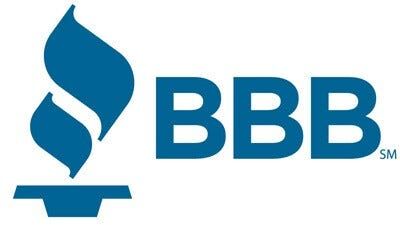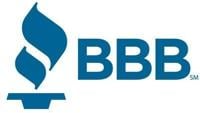ST LOUIS, MO (BBB) — While Hurricane Dorian has long since run its course, the effects of the latest natural disaster might linger and could impact you.
Those in the market for used vehicles need to be on alert, as cars and trucks that were flooded during the hurricane can enter the market. It is common after major floods for scam artists to try to pawn off flooded vehicles as standard second-hand vehicles. These flood-damaged vehicles are likely to turn up at auto auctions, used car dealerships and classified ads.
Flooded cars often are transported well beyond their original region after major storms to locations where consumers may be less aware of the warning signs. Sometimes a seller intentionally hides the vehicle’s history and sells it to an unsuspecting buyer in a state unaffected by the disaster.
 occasionally receives reports from consumers who have purchased vehicles damaged in a flood. A St. Louis man reported to BBB that he purchased a vehicle from a St. Louis used car dealer that he believed to have been damaged in a flood.
The man told BBB he started having trouble with the vehicle soon after the purchase. He said a mechanic told him rust was coming off the brakes. The man said he was unable to lift the car to fix it “without chunks of rust from the car frame underneath falling off.�
The man said he wound up taking the vehicle to two mechanics, each of which told him it appeared the car had been damaged in a flood.
“Buying a used vehicle requires a lot of research,� said Michelle L. Corey, BBB St. Louis president and CEO. “You should ask many questions of the seller, including how they acquired the vehicle. You should be able to test drive the vehicle, and a reputable dealer will let you get a pre-purchase inspection done by a mechanic you trust.�
How can you protect yourself from buying a flood-damaged vehicle?
- Ask to see the title. Check the date and place of transfer to see if the car came from a flood-damaged state and if the title is stamped “salvage.� If you are still suspicious, purchase a vehicle history report of the vehicle, which should tell you if a car has ever been tagged as “salvage� or “flood damaged� in any state.
- Carefully check the dashboard. Examine all gauges to make sure they are accurate and there are no signs of water. Look for indications that the dashboard may have been removed.
- Check the electronic components. Test the vehicle’s lights, windshield wipers, turn signals, radio, heater, and air conditioner several times to make sure they work. Also, flex some wires under the dash to see if they bend or crack since wet wires become brittle upon drying.
- Check the interior spaces. Look in the trunk, glove compartment and beneath the seats for signs of mud, rust or water damage. Check for open drainage holes in the bottom of the vehicle.
- Check the condition of the fabrics. Look for discolored, faded or mildewed upholstery and carpeting.
- Get a vehicle history report from a database service. The National Insurance Crime Bureau’s free database lists flood damage and other information.
- Check under the hood. Look for standing water, mud or grit in the spare tire wheel well or around the engine compartment under the hood.
- Do a smell test. A heavy aroma of cleaners and disinfectants could be a sign that someone is trying to mask a mold or odor problem.
- Research the dealer. Always check out the Business Profile for the business.
















